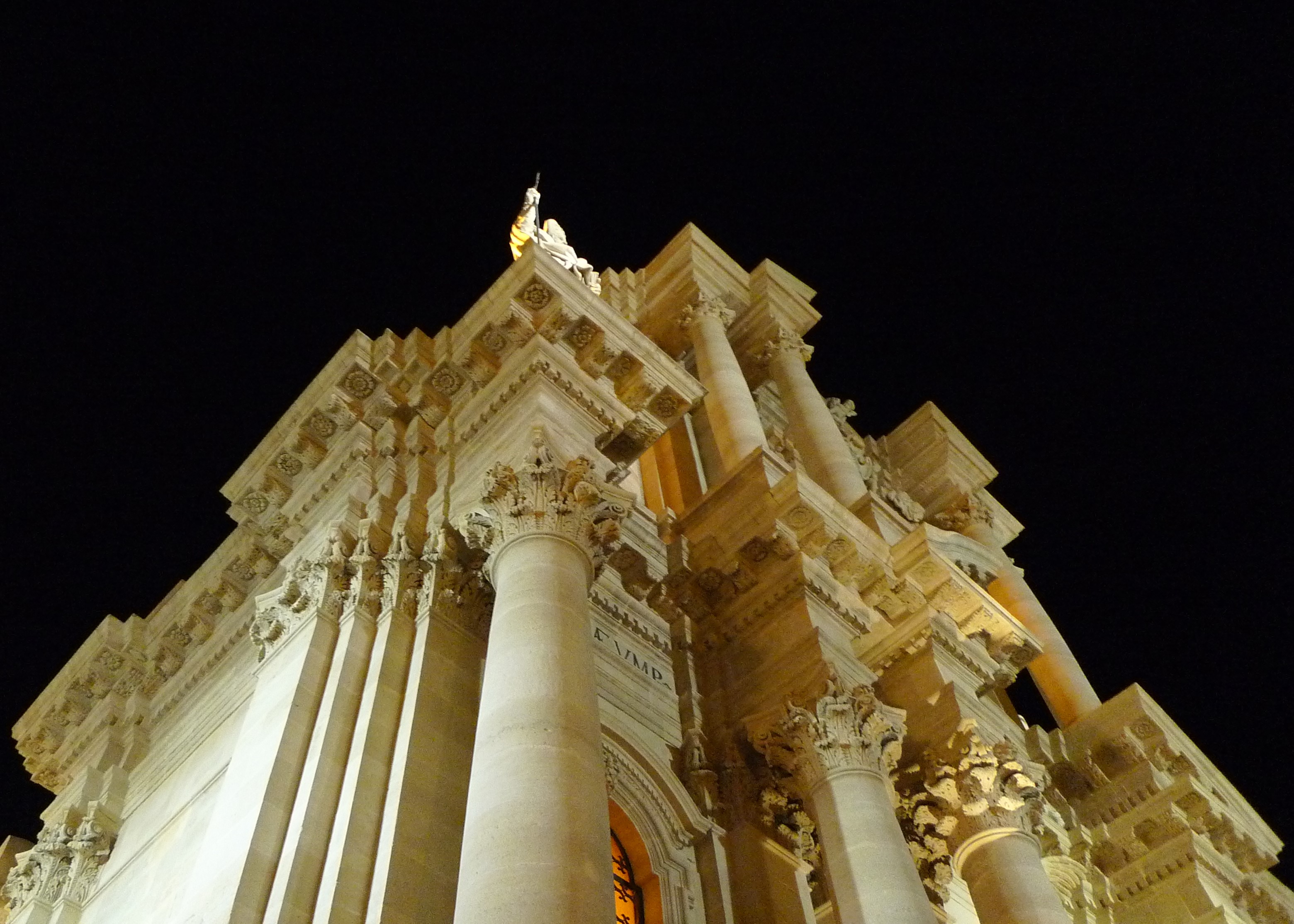
Syracuse is a charming and striking town, called “the most beautiful city of Magna Grecia" by Cicero, which retains all its historical evidence as a cultural capital from the Greek age up to the Renaissance and Baroque periods.
The city lies in the setting of a picturesque natural harbour which is closed to the east by the island of Ortigia and at the back by the Epipolae plateau and it has been part of the Unesco World Heritage Unesco World Heritage since 2005.Syracuse and the Necropolis of Pantalica
History
Although frequented since ancient times by Greek and Phoenician merchants, Syracuse was founded in 734 BC by Corinthian settlers and enjoyed a period of great cultural and political fortunes just as Athens and Alexandria did. The city was enlarged by the Dinomenidi and though it became a target for Carthaginians, it enjoyed a period of splendour until the Roman conquest in 212 BC.
The decline of Syracuse began at that point and the town was successively conquered by Arabs, Byzantines, Normans, Swabians and in the fourteenth century by the Aragonese.
What to see
The city presents testimonies of its past in every corner. Greek, roman and baroque styles merge into one irresistible scenery that recounts thousands of years’ history.
We begin from the old centre on the island of Ortigia, where you can admire the Cathedral with its Baroque façade that stands on the Peristyle of the V century BC Doric temple of Athena and which has undergone various renovations since the Norman period. Other important churches are: San Giovanni alle Catacombe with the crypt of San Martian, and the Church of Saint Lucia alla Badia displaying "The Burial of Saint Lucia" by Caravaggio.
The ruins of the Temple of Apollo, a Doric sanctuary dating from the beginning of the VI century BC, should be admired in Piazza Pancali.
Wonders increase when we move to the district of Neapolis and admire the remains of the Greek theatre, the Roman amphitheatre, the great altar of Hiero - the largest altar from the Greek age to reach us - and the Grotta dei Cordari (the rope makers’ cave), the most famous Latomia (stone prison).
Splendid Renaissance and Baroque buildings enrich the archaeological wealth of this town.
What to do
Walking around Syracuse in order to view the ancient ruins of the city is amazing. You may also admire other examples of the archaeological wealth of Syracuse in the Regional Archaeological Museum "Paolo Orsi", the largest of Sicily.
Don’t miss a visit to the castle of Maniace, a remarkable example of military architecture built by Frederick II in the first half of the thirteenth century, which stands on the tip of the small island of Ortigia.
If you are a nature lover, take a short drive from Syracuse to this small area located at the most southern end of Italy, which has become a haven for those who love the environment and where four protected areas: the valley of the Anapo, the Cava Grande del Cassibile (large quarry), the Pantani of Vendìcari (the marshes) and the River Ciane with the Syracuse Salines may be visited.
Finally, relax by the sea at the seaside resorts of Arenella, Ògnina (channel-port) and Fontane Bianche on the outskirts of the city.



